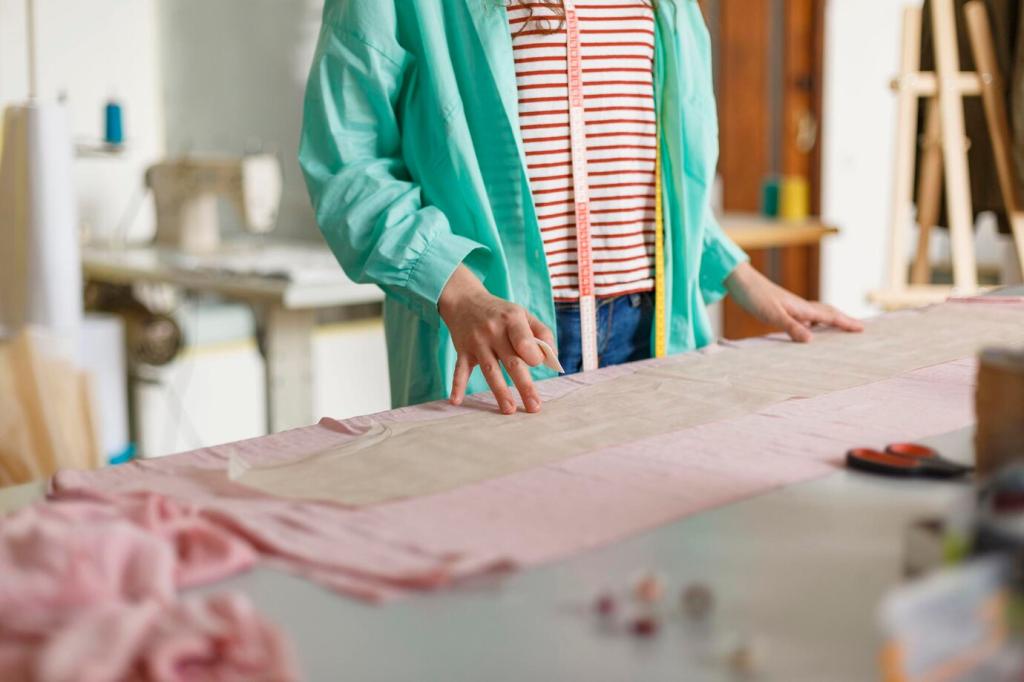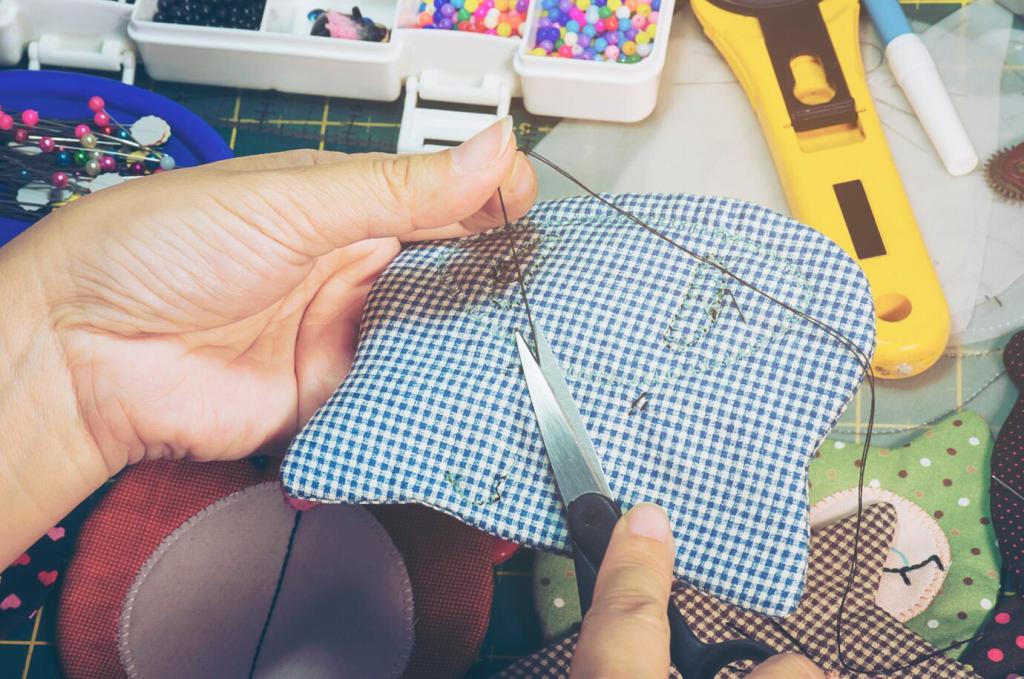Zero-Waste Pattern Hacking and Modular Design
Sketch panel maps directly on fabric, aligning with grain or stretch direction. Use hems, plackets, and cuffs as finished edges to reduce work. Rotate pieces thoughtfully to keep shape integrity. Share a photo of your cutting layout masterpiece for community feedback and applause.
Zero-Waste Pattern Hacking and Modular Design
Design with replaceable panels, gussets, and detachable elements. When wear concentrates in high-friction areas, swap components instead of discarding the whole piece. Buttons, snaps, and ties make changes painless. Tell us which module style has saved your favorite garment from retirement.












